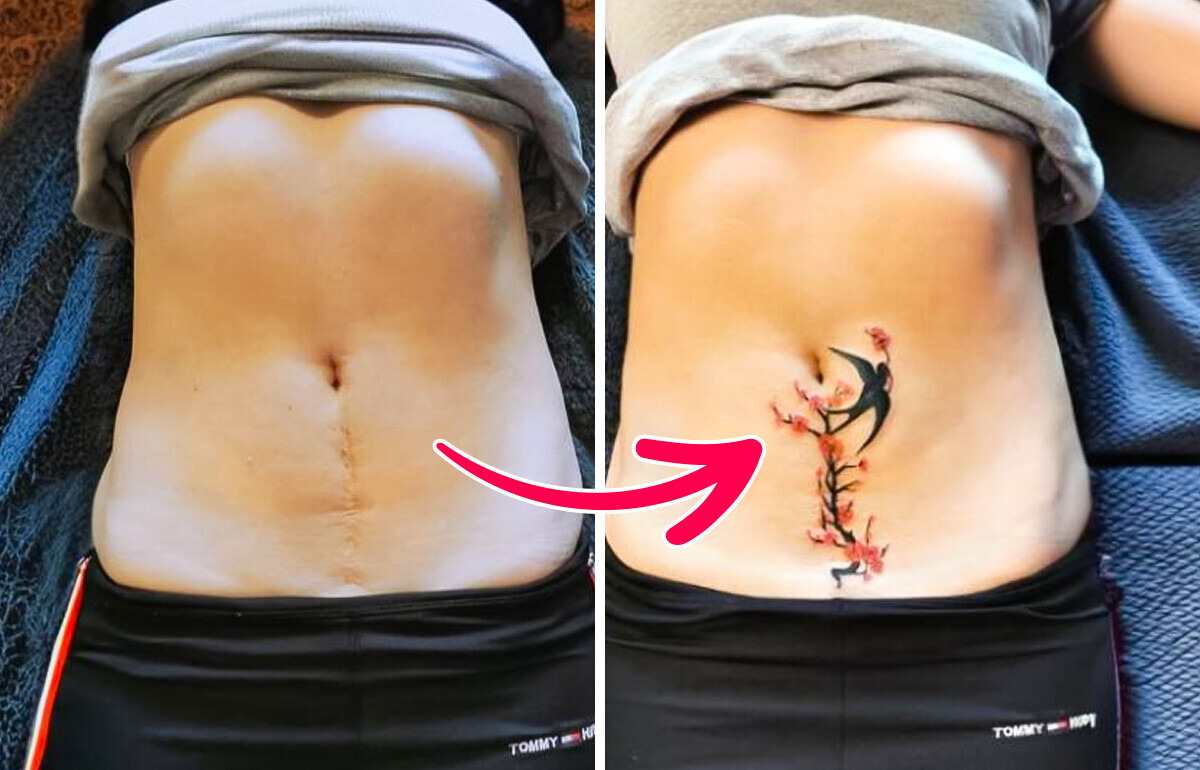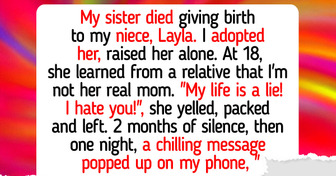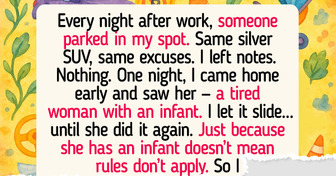Young Woman Documents Her Fox Eye Surgery and Shocks People With the Results


Scars often carry emotional weight as well as physical marks, silent reminders of trauma, surgery, or illness. For many, these visible signs can lead to feelings of vulnerability, shame, or diminished self-worth. In recent years, tattoo artists have stepped into a powerful role, helping individuals reclaim their bodies through art. Covering scars with tattoos is more than aesthetic; it’s a deeply personal form of healing and transformation.
“I did scar camouflage for this handsome gent! We used pigment to camouflage these spots and the results speak for themselves!”
“This example shows scar camouflage on facelift scars 6 weeks after just one session of scar camouflaging. Most people will see great improvement after just one session, but sometimes additional sessions are needed for maximum coverage and scar smoothing.”
“Adds color to scars or areas of missing pigment. Helps create a natural and even skin tone. A non-invasive, lasting solution.”
“We began the creative process, discussing the elements we would include in the tattoo. She mentioned the mandala, which has a beautiful and spiritual meaning for her. Inside the mandala, there is a symbol that represents her faith: wings. It’s something very personal and important to her.
Together, we put together the ornament on the tattoo, with delicate details that give it a soft finish. We decided to do two separate but interconnected tattoos. The result was beautiful, and I’m very grateful that she trusted my work. And that’s it, it’s not just a tattoo, it’s self-esteem.”
“We decided to create something that symbolized not only what she had been through, but also what she had become. We chose the lily, a flower that carries the meaning of her name and connects directly to her story. To complement it, we added a butterfly, a symbol of freedom and transformation.”
“Pavel is 37 years old. On May 29, 2021, he had a horrific accident, after which he spent weeks in a coma. After the accident, the doctors did a tremendous job: they restored his face and various functions of the body. When Paul finally lost his eye, he was faced with the question: what to do with this emptiness? That’s when the doctors mentioned me, saying that I specialize in dermopigmentation.
For me, it was a serious challenge. I’ve been helping people with scars for years, making realistic body features. But the eye is one of the most difficult tasks in terms of volumetric illusion because you need to achieve the effect of ‘indentation’ on a flat surface. Plus, Pavel’s skin is transplanted, scarred, with its own sensitivity and unpredictable behavior of pigments. But I decided that if anyone should do it, it should be me.”
We never know what will happen today or tomorrow and whether we’ll be left with an unwanted scar on our bodies. What we do know is that even if this happens, we have a way of covering up the trauma.











